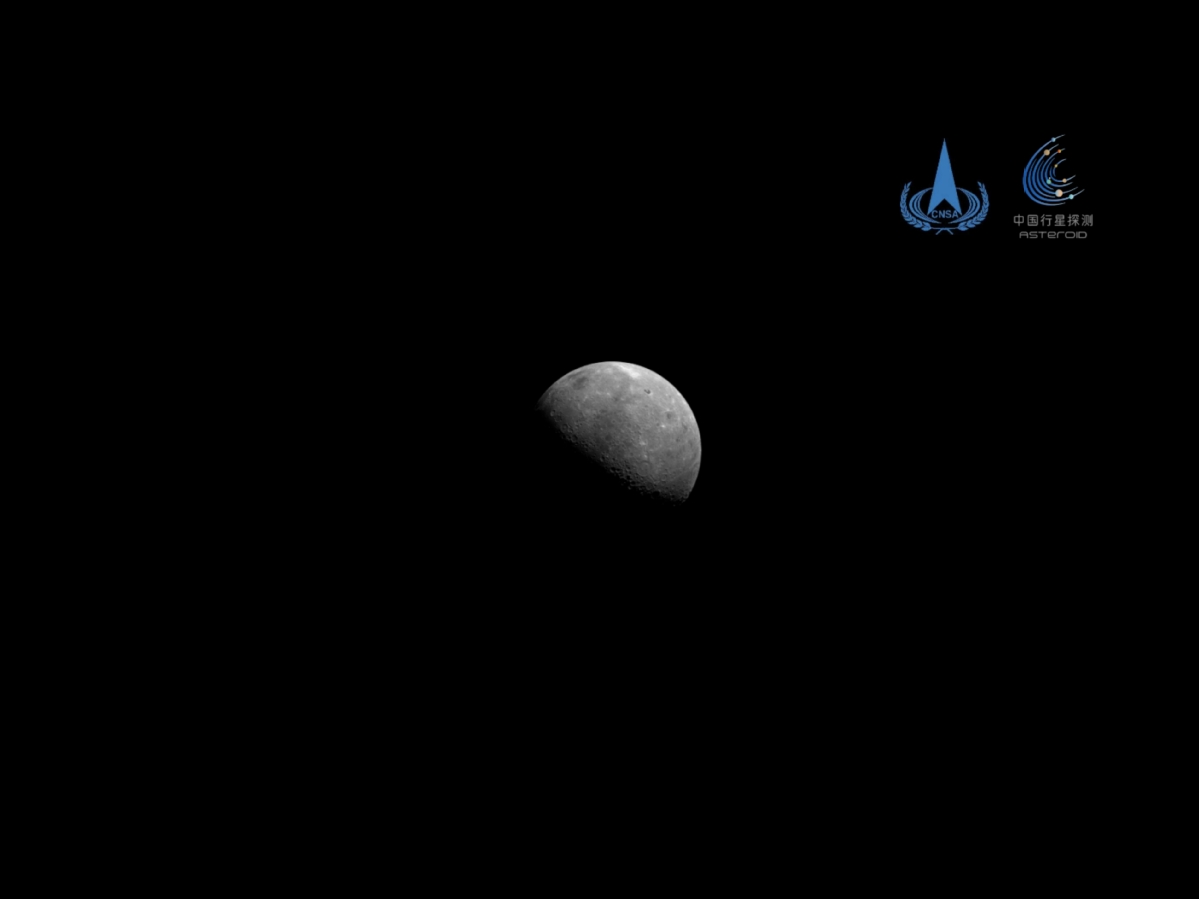Tianwen 2 probe sends back pictures of Earth and moon


The mission's primary objective is to reach a small, near-Earth asteroid named 2016 HO3, which is between 40 to 100 meters wide, in the summer of 2026, where it will first study the celestial body up close using a suite of 11 instruments including cameras, spectrometers and radars, before deploying special devices to collect surface substances.
The asteroid, also known as 469219 Kamo'oalewa, orbits the sun, so it remains a constant companion of Earth. It is too distant to be considered a true satellite of Earth, but it is the best and most stable example to date of a quasi-satellite.
After the collection work is done, the Tianwen 2 probe is programmed to fly back to Earth's orbit to send a capsule containing the precious samples back to the ground. The samples will be distributed to scientists, who will examine their physical properties, chemical and mineralogical content and isotopic composition, contributing to studies on the formation and evolution of asteroids and the early solar system.
Delivering samples to Earth will not be the end of the mission. The spacecraft will then enter the second phase of its mission: flying toward a main-belt comet called 311P to make a remote-sensing survey and transmit the data back to Earth for scientific research, according to the CNSA.
The Tianwen 2 mission is expected to yield groundbreaking discoveries and expand humanity's understanding of small celestial bodies inside the solar system and our mother planet, scientists said.























